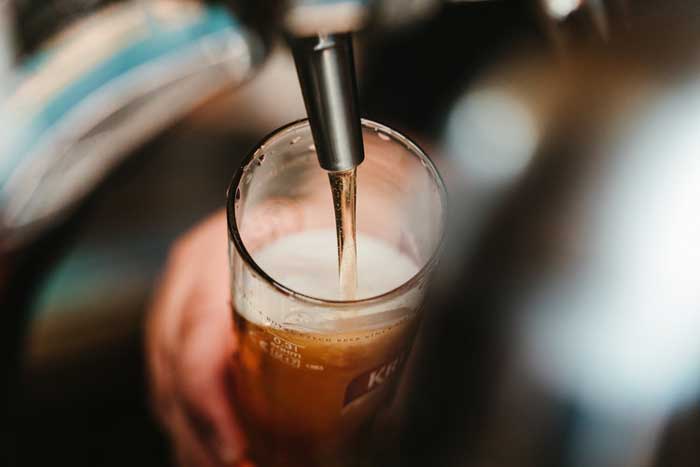Is the use of alcohol harmful to the figure or is it a myth? Is alcohol in moderation acceptable, or is it better to give up alcohol altogether?

In some diets, alcohol is not only allowed but also a component of them (for example, in the Mediterranean diet), while in others it is strictly prohibited. We understand the myths and facts related to alcohol consumption.
What happens to the body when drinking alcohol?
Any amount of alcoholic beverages consumed affects health to one degree or another. Almost all body systems are negatively affected by alcohol:
Stomach and pancreas. The cells of the inner surface of the digestive organs are damaged and destroyed. As a result, the process of absorbing nutrients is disrupted; cramps in the abdomen, gastritis, diabetes mellitus, pancreatitis, and stomach cancer may occur.
Liver. This organ is the most vulnerable in the face of alcohol. It has a direct toxic effect, activating the liver’s immune cells, which damage it. Regular drinking can lead to steatosis, steatohepatitis, fibrosis, and cirrhosis.
The cardiovascular system. Alcohol is able to dissolve biological fats, as if erasing the protective fat layer from the surface of red blood cells. This can lead to the formation of blood clots, leading to blockage of blood vessels, difficulty in blood circulation, and often – strokes and heart attacks.
Brain and nervous system. Alcohol intoxication of any degree leads to the disruption of oxygen access to the brain, death of its cells and deterioration of the nervous system.
Kidneys. There is a significant violation of their excretory function.
The immune system. Alcohol decreases the production of red blood cells and contributes to the development of allergies.
Muscles and skin. The systematic use of alcohol leads to muscle wasting and skin diseases.

Myth number 1. Alcohol itself is not high in calories.
Fact: Alcohol has a fairly high energy value and stimulates appetite, increasing the risk of overeating.
Myth number 2. Red wine is healthy
Fact: In 2014, scientists shattered the myth of its health benefits.
Myth number 3. Extra pounds are added by snacks rather than drinks
Fact: the statement is partly true, since the body spends a lot of calories on processing hard liquor, but metabolic disorders occur in any case, regardless of the type of alcohol. For example, after a glass of vodka, the body is not able to burn fat for 6-9 hours, but “happily” increases its reserves from any source.
Drinking alcohol reduces the effectiveness of exercise and weight loss measures for several reasons. It impairs the quality of muscle protein synthesis, reduces the production of growth hormone, which negatively affects the growth of muscle mass and the formation of new muscle cells.
When alcohol is removed, the body loses fluid, the regeneration processes slow down. Therefore, alcohol in any quantity is harmful. And, above all, for the brain and the metabolism of the body.
Mini-guide on alcoholic beverages and their calorie content

As mentioned above, there is no harmless alcohol. Any of its doses and types have a negative impact on health. High-quality alcohol is preferable only because it contains fewer harmful additives. Any alcohol impairs metabolism, which means it is harmful to the figure. However, in terms of calorie content, alcoholic beverages differ, which means that you can find out which of them are more harmless for weight, and which are dangerous.
Energy value per 100 g of alcohol (in kcal):
- liquors – 300-350 kcal;
- spirits (rum, vodka, whiskey, gin) – 250;
- fortified wine – 200-250;
- brandy, cognac – 175;
- semi-sweet wine – 100-150;
- beer – 100;
- dry red wine – 65-87;
- dry white wine – 60-85.
Tips for drinking with the least harm to health and shape

There is a safe dose of alcohol for the body, established by the WHO. Its volume is ten grams of pure ethanol. This dose is called a drink/unit. For strong alcohol, it is 45 ml, for beer – 330 ml, and for wine (dry) – 150 ml.
Non-hazardous amount of alcoholic beverages (per day):
- men – 4 doses (or three glasses of dry wine, 1 liter of beer, 100 g of vodka);
- women – 3 doses (or 0.5 liters of beer, two glasses of dry wine, 80 g of vodka).
Despite this, any dose of alcohol has a negative effect on health and contributes to the appearance of excess weight due to metabolic disorders. Therefore, the best solution would be to completely exclude alcoholic beverages from consumption or reduce their amount to a minimum.











